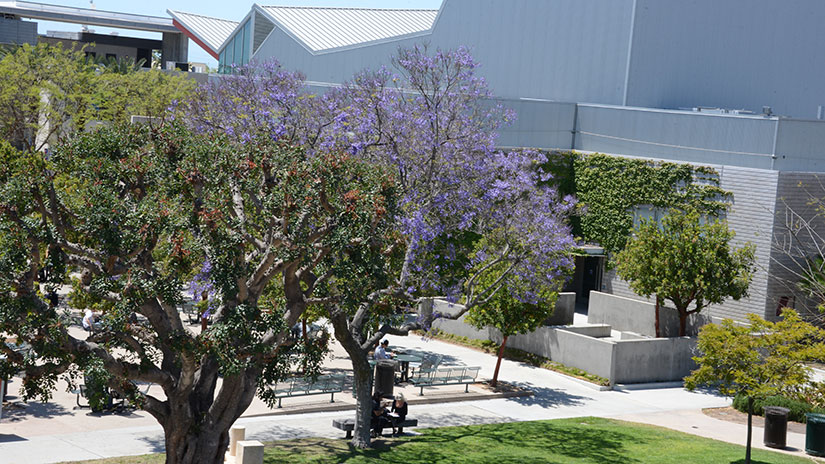-
Decolonize Curriculum and Decenter Dominant Discourse
Discourse should be inclusive of multiple perspectives including non-dominant, critical, and racially minoritized backgrounds. Instructor is able to locate the course and course topics within larger sociopolitical context.
-
Inclusive Images and Representation
Images and media reflect the intersectional diversity of SMC student body, varying relational and family structures. African American, Latinx, Native, and Asian people are depicted in a variety of empowering positionalities.
-
Cultural Connection and Social Relevancy
Instructor applies course material and creates activities that require students to connect the course topics to their own and other’s sociocultural backgrounds.
| Curriculum | Equity practice |
|---|---|
|
Decolonize & Diversify |
|
|
Inclusive Images |
|
|
Cultural Connection |
|
-
Sense of Community and Belonging
Faculty member creates opportunities for meaningful connection with instructor and between students. Intentional messages are sent that communicate investment in student engagement and success in the course and beyond.
-
Collaborative Learning
Course allows space for students to work cooperatively, share their learning experiences, and engage in inquiry with the instructor and each other. Instructor nurtures and promotes student capital valuable in knowledge production and the creation of helpful learning tools and processes.
-
Safe(r) Space
Instructor intentionally creates classroom environment that is a physically, culturally, and emotionally safe environment for students to learn and take intellectual risks. Instructor engages in ongoing efforts to promote a classroom environment that prevents identity-based and psychological harm, foster restorative dialogue and is committed to social justice and racial equity.
| Classroom Environment | Equity Practice |
|---|---|
|
Community & Belonging |
|
|
Collaborative Learning |
|
|
Safe(r) Space |
|
-
Access and Technology
Given digital barriers and differences in access to course including types of devices, internet connectivity, and digital literacy, instructor chooses media and technology commonly accessible for students using varying devices and for which there is widespread technological support. Course technology policies respect student agency and privacy (e.g. cameras, proctoring).
-
Direct Connect: Student Support
Instructor outlines and provides direct access to on-campus and community student support in areas such as: academic support, basic needs, and financial/emotional/psychological wellness.
-
Universal Design for Learning
Align course content and activities with the three core Universal Design for Learning principles—multiple means of a) representation, b) action and expression, and c) engagement.
| Teaching Practices | Equity Practice |
|---|---|
|
Access & Technology |
|
|
Direct Connect & Student Support |
|
|
UDL |
|
Instructor characteristics and behavior contribute to student retention, success, and equitable learning outcomes. Instructors should strive to be affirming, success-oriented communicating high expectations, and foster meaningful relationships with students to promote student engagement and retention, especially for our most vulnerable African American and Latinx students.
| Instructor Behaviors | Equity Practice |
|---|---|
|
Self-Awareness & Reflexivity |
|
|
Authentic Relationships |
|
|
Professional Development |
|







